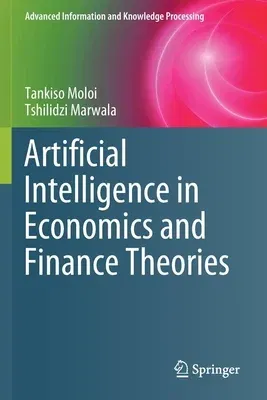As Artificial Intelligence (AI) seizes all aspects of human life, there
is a fundamental shift in the way in which humans are thinking of and
doing things. Ordinarily, humans have relied on economics and finance
theories to make sense of, and predict concepts such as comparative
advantage, long run economic growth, lack or distortion of information
and failures, role of labour as a factor of production and the decision
making process for the purpose of allocating resources among other
theories. Of interest though is that literature has not attempted to
utilize these advances in technology in order to modernize economic and
finance theories that are fundamental in the decision making process for
the purpose of allocating scarce resources among other things. With the
simulated intelligence in machines, which allows machines to act like
humans and to some extent even anticipate events better than humans,
thanks to their ability to handle massive data sets, this book will use
artificial intelligence to explain what these economic and finance
theories mean in the context of the agent wanting to make a decision.
The main feature of finance and economic theories is that they try to
eliminate the effects of uncertainties by attempting to bring the future
to the present. The fundamentals of this statement is deeply rooted in
risk and risk management. In behavioural sciences, economics as a
discipline has always provided a well-established foundation for
understanding uncertainties and what this means for decision making.
Finance and economics have done this through different models which
attempt to predict the future. On its part, risk management attempts to
hedge or mitigate these uncertainties in order for "the planner" to
reach the favourable outcome. This book focuses on how AI is to redefine
certain important economic and financial theories that are specifically
used for the purpose of eliminating uncertainties so as to allow agents
to make informed decisions. In effect, certain aspects of finance and
economic theories cannot be understood in their entirety without the
incorporation of AI.


